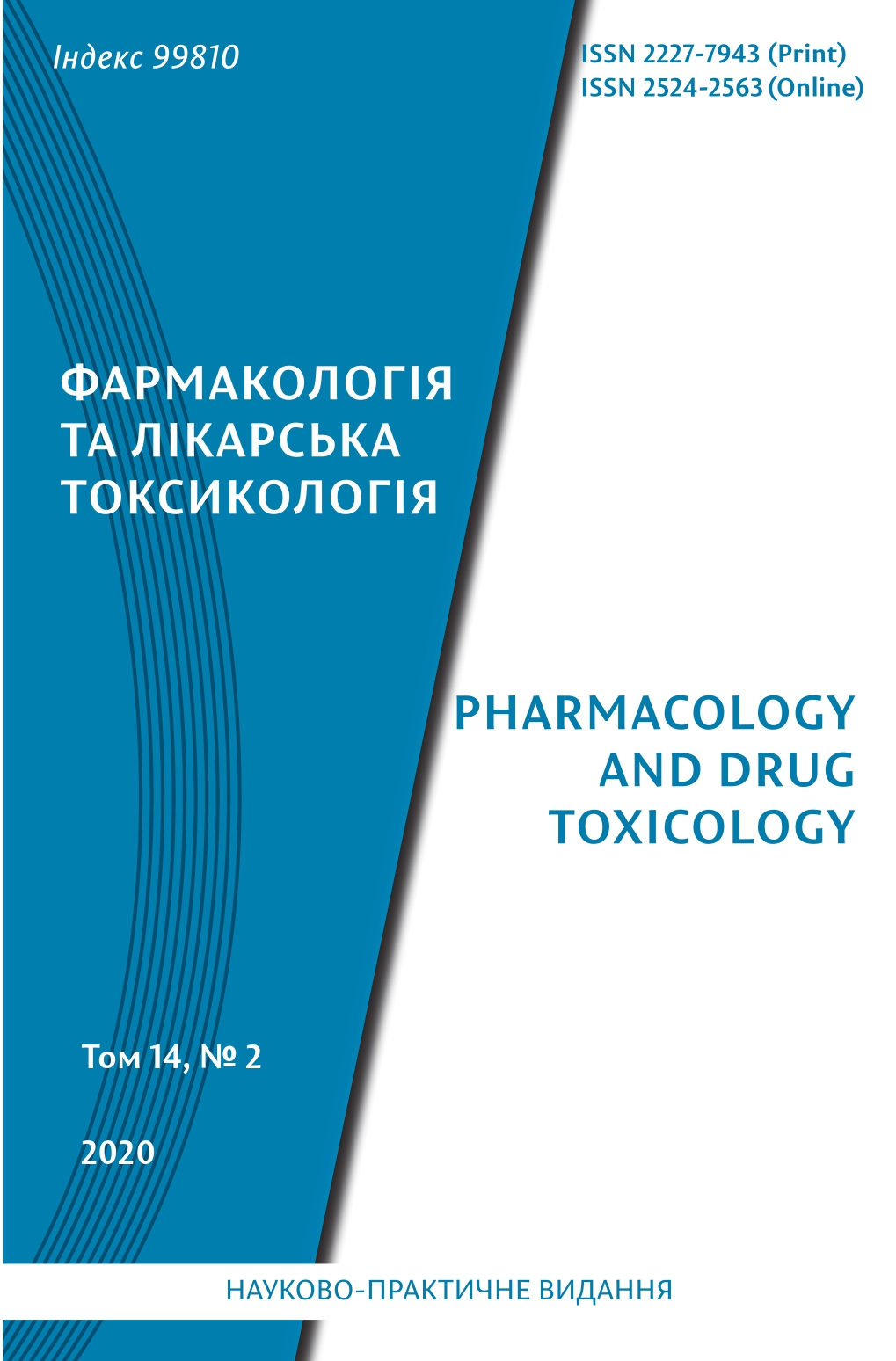Abstract
Cold traumas (CT) were once primarily military problems, but are becoming increasingly prevalent among the civilian population. It is associated with a growing interest in outdoor activities such as skiing, hiking, mountaineering and increase in the numbers of homeless. Occurrence of CT grows up in winter, when number of injured reaches more then 12 000 people. Most of the injured need hospital treatment, mortality is excess 10 % of cases. Research as to the pathophysiology of frostbite has revealed notable similarities with the inflammatory processes seen in burn injuries and ischaemia/reperfusion injury. Evidence for the role of tromboxanes and prostaglandins has resulted in a more active approach to the medical treatment of frostbite. Considering the role of eicosanoids in the development of CT we can assume positive influence of arachidonic acid cascade inhibitors for such pathology. The aim of the work is to compare the power of frigoprotective effect of NSAIDs with different selectivity and paracetamol using the model of acute general cooling. The experiment was carried out using healthy white male mice weighing 20–24 g during single day from 12.00 till 18.00. Mice were put into individual 500 cm3 plastic cages with free access to air and without movement restriction. Cages were situated inside the freezer «Nord Inter-300» with transparent top and at a temperature of –18 °C. An integral index of frigoprotective effect was chosen the duration of life. Drugs and substances that were used in the experiment: nonselective inhibitors of COX – acetylsalicylic acid (Aspirin, tablets, «Bayer», Germany), diclofenac sodium (Voltaren, tablets, «Novartis», Switzerland); highly selective inhibitor of COX-2 – celecoxib (Celebrex, tablets, «Pfizer», USA), etoricoxib (Arcoxia, tablets, «Merck Sharp & Dohme Idea Inc», USA); inhibitor of COX-3: paracetamol (Panadol, tablets, «Glaxo Smith Kline plc», Ireland); double inhibitor of COX-2/5-LOX – darbufelone, darbufelone mesylate, 5-(3,5-di-tret-butyl-4-hydroxybenziliden)-2-(thiazol-2-ilimino)-thiazolidin-4-on (substances). The results of the present study show that paracetamol doesn’t demonstrate frigoprotective activity. Etoricoxib render the highest frigoprotective effect among traditional NSAIDs. Darbufelone mesylate shows the highest frigoprotective activity among all used inhibitors of arachidonic acid cascade. Considering that we can suppose important role of 5-LOX and leukotrienes in pathogenesis of cold trauma.
